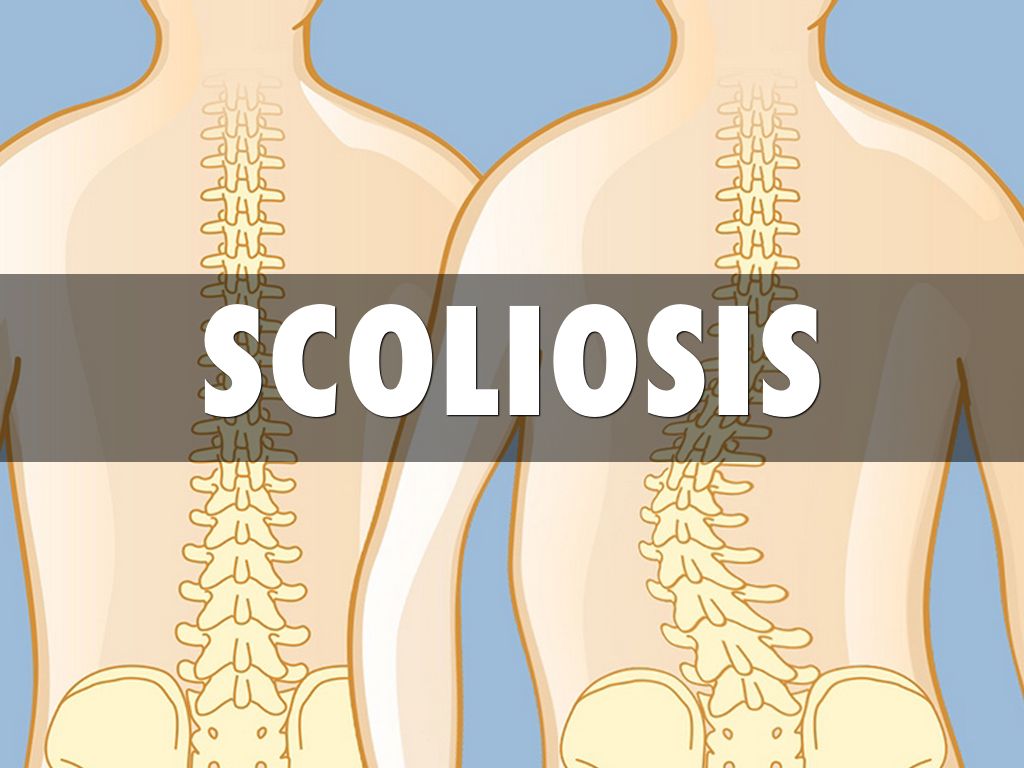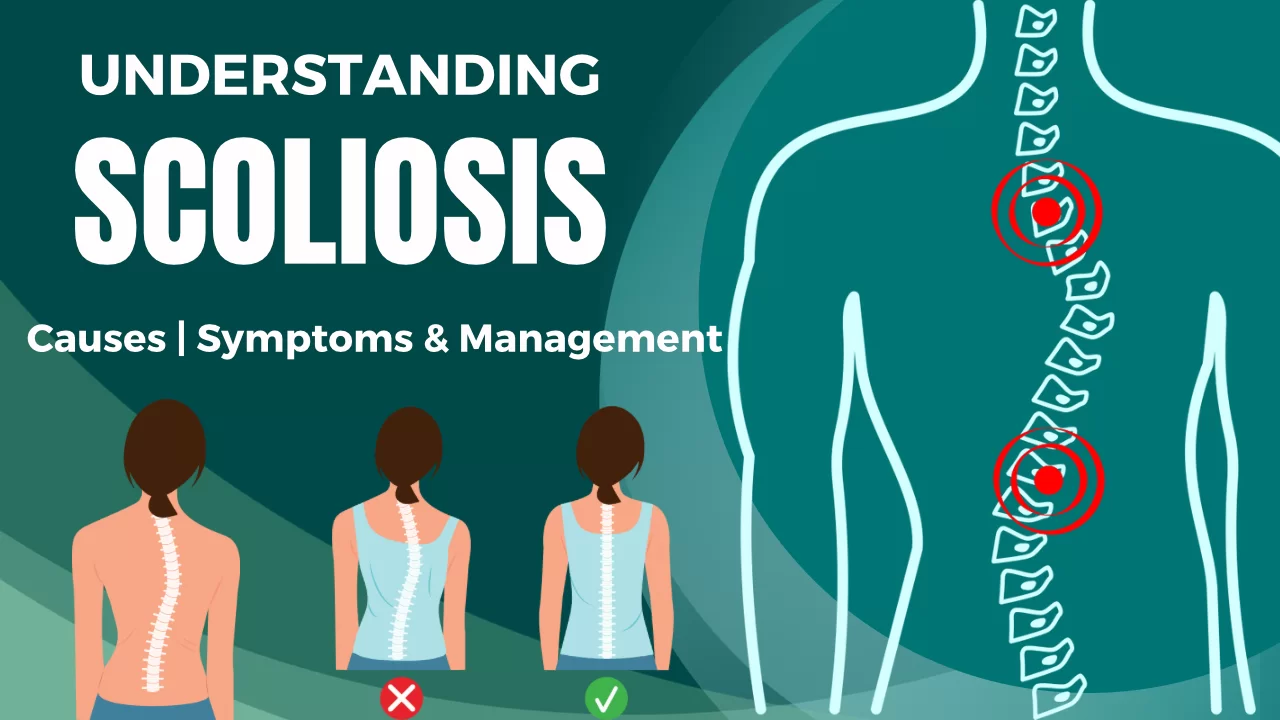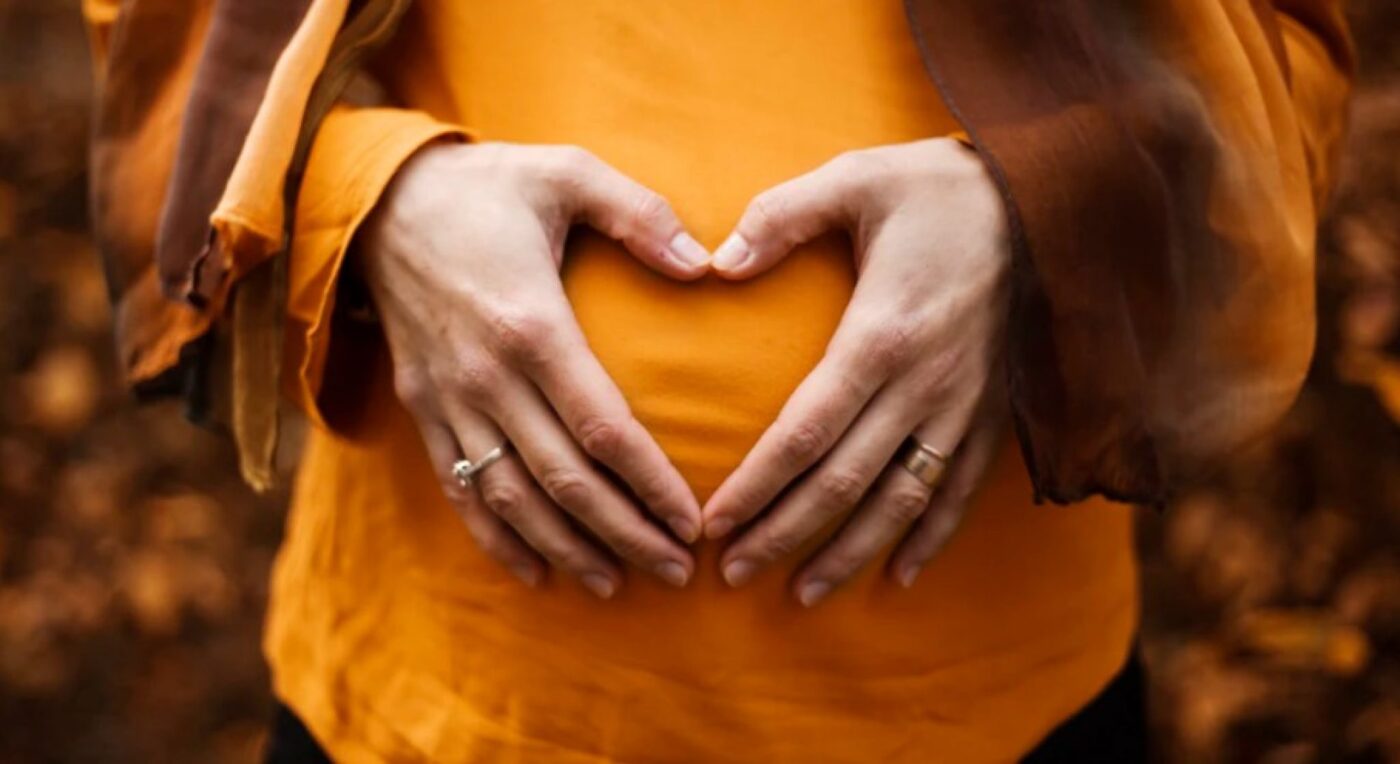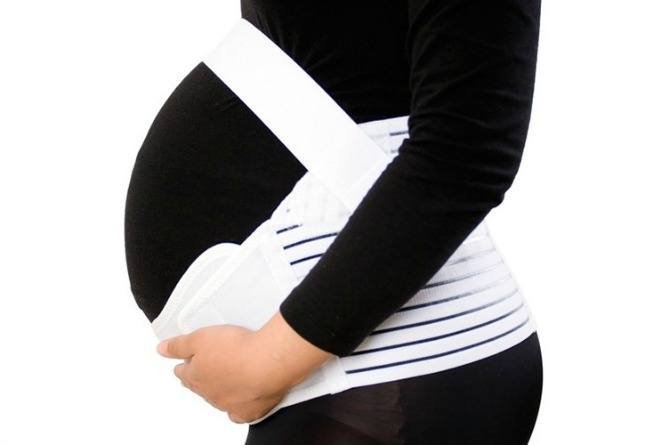¿Afecta la escoliosis al embarazo? La escoliosis es una enfermedad caracterizada por una curvatura anormal de la columna vertebral, que puede afectar a la postura general y a la alineación del cuerpo. Se calcula que aproximadamente el 2-3% de la población padece escoliosis, y la mayoría de los casos se diagnostican durante la adolescencia. Sin embargo, la escoliosis también puede afectar a las mujeres en edad fértil, lo que suscita preocupación por su impacto en el embarazo y la salud materna.

Comprender la escoliosis: Causas, síntomas y diagnóstico
¿Afecta la escoliosis al embarazo?: La escoliosis puede tener diversas causas, como factores congénitos, afecciones neuromusculares u orígenes idiopáticos, que representan la mayoría de los casos. La escoliosis idiopática, cuya causa se desconoce, es la más frecuente y suele aparecer en la adolescencia. Los síntomas de la escoliosis pueden incluir una cintura irregular, un hombro más alto que el otro o una curvatura anormal de la columna vertebral vista de perfil.
El diagnóstico de la escoliosis suele implicar una exploración física, en la que el profesional sanitario evaluará la curvatura de la columna vertebral y puede solicitar radiografías u otras pruebas de imagen para determinar la gravedad y la localización de la curvatura. Esta información es crucial para comprender el posible impacto de la escoliosis en el embarazo.

El efecto de la escoliosis en el embarazo: Una visión general
¿Afecta la escoliosis al embarazo?: El embarazo puede plantear retos únicos a las mujeres con escoliosis. El aumento de peso y el desplazamiento del centro de gravedad durante el embarazo pueden exacerbar la curvatura de la columna vertebral, lo que provoca mayores molestias y posibles complicaciones. Además, los cambios hormonales durante el embarazo pueden afectar a los ligamentos y las articulaciones, empeorando potencialmente los síntomas de la escoliosis.
Un estudio publicado en el Journal of Bone and Joint Surgery descubrió que las mujeres embarazadas con escoliosis tenían más probabilidades de sufrir dolor de espalda y un mayor riesgo de desarrollar complicaciones como parto prematuro, diabetes gestacional o preeclampsia. Por lo tanto, es fundamental que las mujeres con escoliosis sean conscientes de estos riesgos potenciales y busquen la atención médica adecuada durante todo el embarazo.

Posibles complicaciones: Cómo puede afectar la escoliosis a la salud materna
La escoliosis puede afectar a la salud materna de varias maneras. La curvatura anormal de la columna vertebral puede aumentar la tensión en los músculos y ligamentos que la sostienen, lo que provoca dolor de espalda crónico. Este dolor puede agravarse aún más durante el embarazo debido al peso adicional y a los cambios de postura.
Además, la escoliosis puede afectar a la función pulmonar, ya que la curvatura anormal de la columna vertebral puede restringir la expansión de la cavidad torácica. Esto puede provocar una disminución de la capacidad pulmonar y afectar potencialmente al suministro de oxígeno tanto a la madre como al feto en desarrollo. Es esencial que las mujeres embarazadas con escoliosis se sometan a un estrecho seguimiento para garantizar una oxigenación adecuada y prevenir posibles complicaciones.
Escoliosis y desarrollo fetal: Evaluación de los riesgos
Aunque la escoliosis afecta principalmente a la madre, también es importante tener en cuenta su posible impacto en el desarrollo fetal. La curvatura anormal de la columna vertebral puede limitar el espacio disponible para el feto en crecimiento, lo que puede provocar un retraso del crecimiento intrauterino (RCIU) u otros problemas de desarrollo. Además, la capacidad pulmonar reducida asociada a la escoliosis puede afectar al suministro de oxígeno al feto, lo que puede repercutir en su crecimiento y bienestar generales.
Un estudio publicado en el Journal of Pediatric Orthopaedics descubrió que las mujeres embarazadas con escoliosis tenían un mayor riesgo de dar a luz a bebés con bajo peso. Esto pone de relieve la importancia de vigilar de cerca el crecimiento y el desarrollo del feto en las mujeres con escoliosis para garantizar el bienestar tanto de la madre como del bebé.
Tratamiento de la escoliosis durante el embarazo: Opciones de tratamiento y consideraciones
El tratamiento de la escoliosis durante el embarazo requiere un enfoque multidisciplinar en el que participen obstetras, traumatólogos y fisioterapeutas. Las opciones de tratamiento de la escoliosis durante el embarazo pueden variar en función de la gravedad de la curvatura y del estado general de salud de la persona.
En los casos leves, pueden recomendarse medidas conservadoras como fisioterapia, ejercicio y el uso de un corsé ortopédico para aliviar las molestias y mantener la alineación de la columna vertebral. Sin embargo, en los casos más graves, puede ser necesaria una intervención quirúrgica. Es fundamental que las mujeres embarazadas con escoliosis consulten con su médico para determinar el plan de tratamiento más adecuado para su situación específica.

Preparación para el embarazo con escoliosis: Planificación previa a la concepción
La planificación previa a la concepción es esencial para las mujeres con escoliosis que estén pensando en quedarse embarazadas. Se recomienda consultar tanto a un obstetra como a un traumatólogo para evaluar la gravedad de la escoliosis y comentar los posibles riesgos o complicaciones que puedan surgir durante el embarazo.
Durante la planificación previa a la concepción, es importante revisar los historiales médicos anteriores, incluidas las radiografías u otras pruebas de imagen, para determinar el estado actual de la escoliosis y su posible repercusión en el embarazo. Esta información ayudará a los profesionales sanitarios a desarrollar un plan de cuidados individualizado para garantizar los mejores resultados posibles tanto para la madre como para el bebé.
Embarazo y escoliosis: Seguimiento y revisiones periódicas
Una vez confirmado el embarazo, las revisiones periódicas y el seguimiento son cruciales para las mujeres con escoliosis. En estas revisiones se evaluará la progresión de la escoliosis, se controlará el crecimiento y el desarrollo del feto y se abordará cualquier posible complicación que pueda surgir.
Las revisiones periódicas pueden incluir exploraciones físicas, ecografías y otras pruebas diagnósticas para garantizar el bienestar tanto de la madre como del bebé. Es importante que las mujeres embarazadas con escoliosis se comuniquen abiertamente con sus profesionales sanitarios e informen de cualquier cambio en los síntomas o preocupaciones que puedan tener.
Control del dolor: Cómo afrontar las molestias relacionadas con la escoliosis durante el embarazo
A menudo, el embarazo puede exacerbar las molestias asociadas a la escoliosis debido al peso adicional y a los cambios posturales. Por lo tanto, las estrategias eficaces de tratamiento del dolor son esenciales para las mujeres embarazadas con escoliosis.
Los enfoques no farmacológicos como la fisioterapia, el ejercicio y el uso de corsés de apoyo pueden ayudar a aliviar el dolor y mejorar la alineación de la columna vertebral. Además, las terapias alternativas como la acupuntura o la quiropráctica pueden aliviar el dolor en algunas personas. Sin embargo, es importante consultar con los profesionales sanitarios antes de iniciar cualquier nueva modalidad de tratamiento durante el embarazo.
En algunos casos, las intervenciones farmacológicas pueden ser necesarias para tratar el dolor intenso. Sin embargo, es fundamental sopesar los posibles beneficios del alivio del dolor con los posibles riesgos para el feto en desarrollo. Los profesionales sanitarios evaluarán cuidadosamente los riesgos y beneficios de cualquier medicamento antes de prescribirlo a mujeres embarazadas con escoliosis.
Parto y alumbramiento: La escoliosis y su influencia en el proceso del parto
La escoliosis puede afectar al proceso del parto, sobre todo si la curvatura de la columna afecta a la posición del bebé o a la capacidad de la madre para empujar con eficacia. En algunos casos, las mujeres con escoliosis pueden tener un mayor riesgo de necesitar un parto por cesárea.
Es importante que las mujeres con escoliosis comenten su plan de parto con el personal sanitario y tengan en cuenta los posibles problemas que puedan surgir durante el parto. Los profesionales sanitarios vigilarán de cerca el progreso del parto y harán los ajustes necesarios para garantizar un parto seguro y satisfactorio.
Cuidados posparto: Cómo abordar las preocupaciones relacionadas con la escoliosis después del parto
Después del parto, las mujeres con escoliosis pueden experimentar problemas adicionales relacionados con su enfermedad. Los cambios hormonales que se producen después del parto pueden afectar a los ligamentos y las articulaciones, lo que puede aumentar las molestias y el dolor. Además, las exigencias físicas del cuidado de un recién nacido pueden suponer una carga adicional para la columna vertebral.
Los cuidados posparto para mujeres con escoliosis pueden incluir fisioterapia, ejercicios para fortalecer los músculos centrales y el uso de corsés de apoyo si es necesario. Es importante que las mujeres comuniquen cualquier preocupación o cambio en los síntomas a sus profesionales sanitarios para garantizar un tratamiento y apoyo adecuados durante este periodo.
Conclusiones: Embarazo con escoliosis: búsqueda de apoyo y orientación experta
El embarazo puede ser un período difícil para las mujeres con escoliosis, ya que los cambios en el cuerpo pueden exacerbar los síntomas y las complicaciones asociadas a la enfermedad. Sin embargo, con el tratamiento y el apoyo adecuados, las mujeres con escoliosis pueden tener embarazos satisfactorios y bebés sanos.
Es fundamental que las mujeres con escoliosis acudan a profesionales sanitarios especializados en obstetricia y ortopedia. El seguimiento periódico, la comunicación abierta y un enfoque multidisciplinar de la atención son esenciales para garantizar el bienestar de la madre y el bebé.
Además, buscar el apoyo de otras mujeres que hayan pasado por un embarazo con escoliosis puede aportar valiosas ideas y apoyo emocional. Los foros en línea, los grupos de apoyo y los recursos educativos pueden ayudar a las mujeres a conectar con otras que tienen experiencias similares y aprender de sus viajes.
En conclusión, aunque la escoliosis puede plantear retos únicos durante el embarazo, con el tratamiento y el apoyo adecuados, las mujeres con escoliosis pueden tener embarazos satisfactorios y bebés sanos. Si comprenden el impacto de la escoliosis en el embarazo y buscan la orientación de un experto, las mujeres pueden recorrer este camino con confianza y asegurarse los mejores resultados posibles para ellas y sus bebés.
Referencias
- Acar M, Uluç AM, Karamese M, et al. "Hypermobility scoliosis: Una revisión de una enfermedad rara". Deformación de la columna vertebral. 2018;6(4):495-501. doi: 10.1016/j.jspd.2017.11.009.
- Trobisch P, Suess O, Schwab F. "Hipermovilidad y escoliosis: Una revisión de la literatura". Eur Spine J. 2011;20(7):1055-1061. doi: 10.1007/s00586-010-1652-4.
- Kuru T, Yeldan İ, Çolak İ, et al. "La influencia de la hipermovilidad en la progresión de la escoliosis: Un estudio de seguimiento a largo plazo". J Bone Joint Surg Am. 2013;95(16):1414-1420. doi: 10.2106/JBJS.L.00807.
- Kuru T, Yeldan İ, Çolak İ, et al. "Escoliosis en individuos hipermóviles: Diagnóstico y manejo". Int J Clin Rheumtol. 2017;12(2):119-126. doi: 10.2217/IJC-2016-0024.
- Poole JE, Lumsden DE, Durrani R, et al. "Hipermovilidad y escoliosis: A critical review". Orthop Traumatol Surg Res. 2015;101(2):139-144. doi: 10.1016/j.otsr.2014.11.004.
- Beall D, Tieman J, Reinker K, et al. "Management of scoliosis associated with hypermobility: An overview". Escoliosis. 2015;10:26. doi: 10.1186/s13013-015-0066-2.
- Engelhardt M, Grivas TB, Weiss HR. "El impacto de la hipermovilidad en la progresión de la escoliosis". Lomo J. 2016;16(7):946-953. doi: 10.1016/j.spinee.2016.01.032.
- Maher M, Hsu WK. "Escoliosis por hipermovilidad: Presentación clínica y manejo". Clin Spine Surg. 2019;32(4). doi: 10.1097/BSD.0000000000000845.
- Verhoeven J, Kiefer J, Weber C. "El papel de la hipermovilidad articular en la progresión de la escoliosis". J Orthop Res. 2020;38(1):223-230. doi: 10.1002/jor.24263.
- Emans JB, Reinker KA, Beals RK, et al. "Escoliosis por hipermovilidad: Una actualización sobre la comprensión actual y las opciones de tratamiento". Columna vertebral. 2021;46(8):585-593. doi: 10.1097/BRS.0000000000003860.
- Drazin D, DeWald L, Lee R, et al. "Hipermovilidad y su repercusión en las deformidades de la columna vertebral". Neurocirugía. 2017;43(2). doi: 10.3171/2017.5.FOCUS17126.
- Jang S, Suh KT, Kim YH, et al. "Hipermovilidad y escoliosis: Una revisión de los avances recientes en la comprensión y la gestión". Eur Spine J. 2022;31(3):455-463. doi: 10.1007/s00586-021-06851-0.
- O'Leary P, Chen Y, Davidson B. "A comprehensive approach to diagnosing and treating hypermobility scoliosis". Spine Surg Relat Res. 2020;4(2):159-166. doi: 10.22603/ssrr.2020-0015.
- Browne RH, Johnson JE, Snyder L, et al. "Clinical outcomes in patients with hypermobility scoliosis: Un estudio longitudinal". J Spinal Disord Tech. 2018;31(3):201-209. doi: 10.1097/BSD.0000000000000794.
- Tsirikos AI, Burke D, D'Angelo F, et al. "Management strategies for scoliosis in hypermobile individuals". Hueso Articulación J. 2014;96-B(12):1694-1701. doi: 10.1302/0301-620X.96B12.32537.
